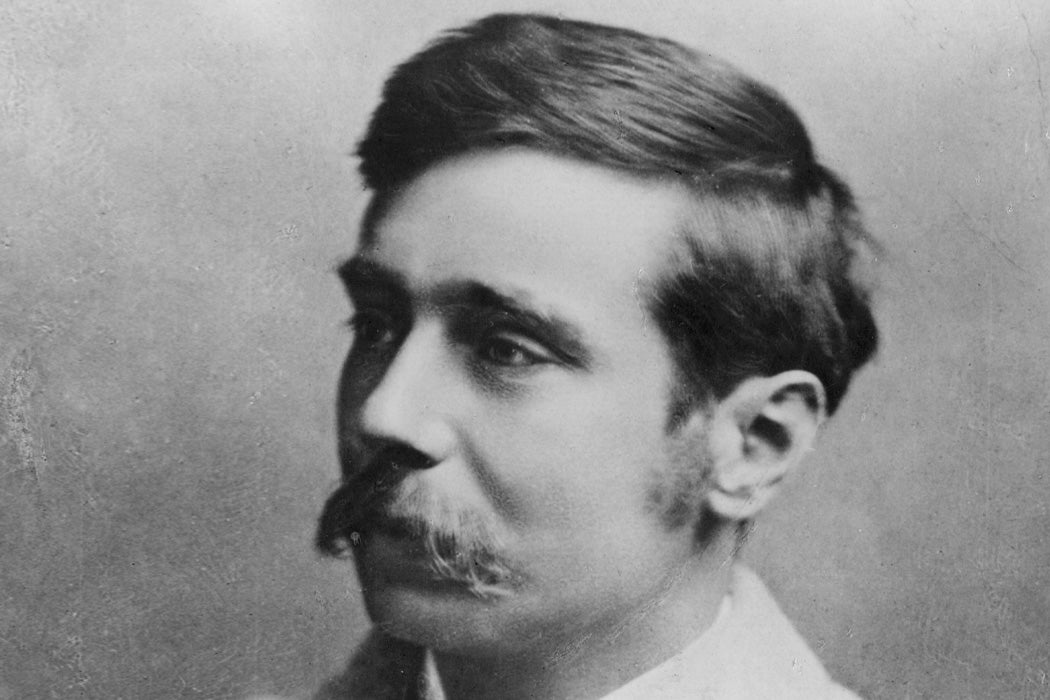Welcome to our series that brings you original content from individuals in the news. We’re calling it “Verbatim” because these posts will let the authors speak for themselves.
H.G. Wells, born on September 21, 1866, was a prolific writer who is best remembered today for his science fiction novels like The Island of Doctor Moreau and The War of the Worlds. He was also, like so many authors of the day, a voluminous letter-writer. Resources for American Literary Study has compiled Wells’s correspondence with Cora Crane, the unconventional common-law wife of writer Stephen Crane. Before she met Crane, Cora had been the madame of a brothel called the Hotel de Dream; after Crane’s untimely death, Cora would try to support herself with a literary career.
Here, H.G. Wells writes to the grieving Cora, excusing himself from attending Stephen Crane’s funeral:
I do not know what you will think of my absence from that last sight of Stephen today but indeed if I could have brought myself to see him I would not have failed you. These things however affect me so darkly. I should have found so little comfort & so much distress in this encounter and I have the memory of him in still comfort before that open window & the sea so vividly in my mind, that I do not care to disturb & weaken it by meeting something that was no longer him. The last few days I have been very much with him, with that ample portion of him that will not die, for, at the request of Messrs. Haper I have been writing an impression of his work and of his significance in literature as they appear to English eyes. There I have tried to say without exaggeration & without cant, the essential greatness of his work.
More of the correspondence between the two can be read here.







